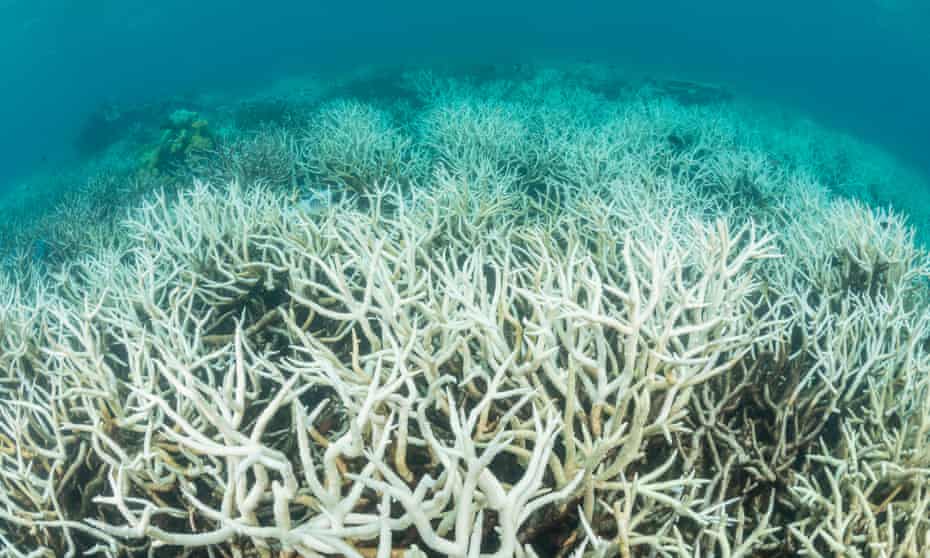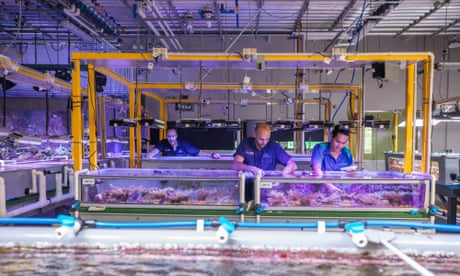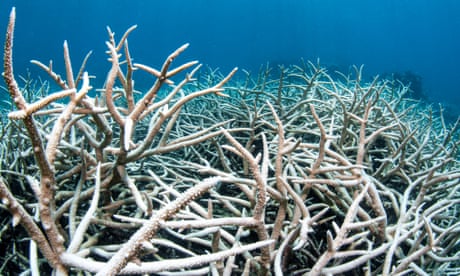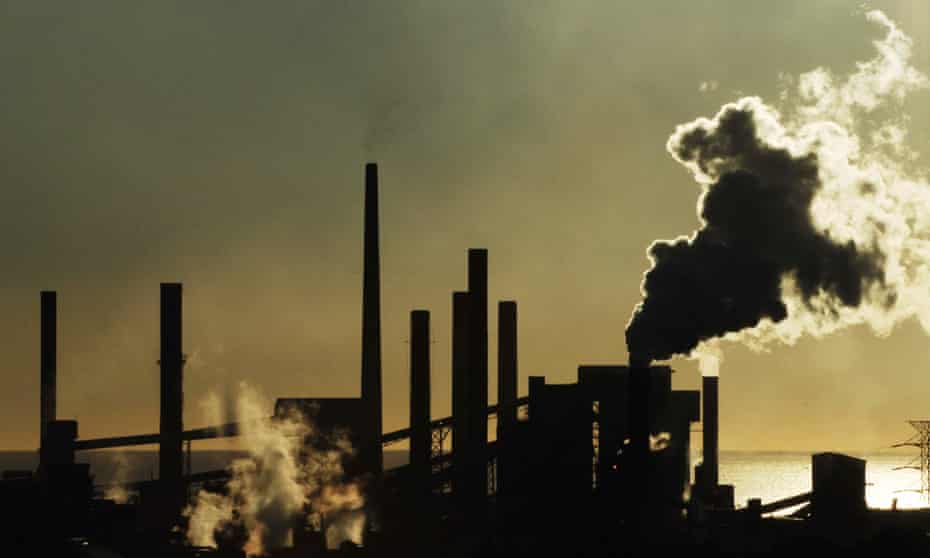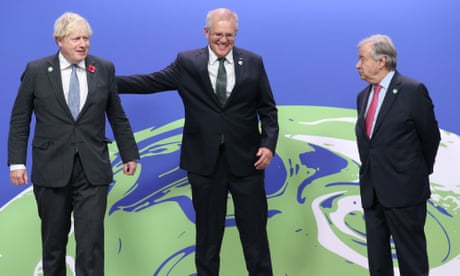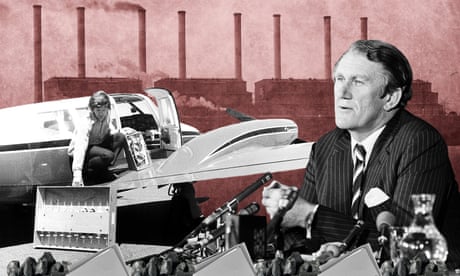
Governments, like all living organisms, suffer from physical entropy. They have a limited life span and their end days are marked by a distinct decline in functionality.
It’s not surprising as the Coalition is about to enter its ninth year in office, three prime ministers later and after the resignation of some of its most competent ministers over that period, the Morrison government is tired, and it is running scared.
I do not make this claim lightly.
We are seeing fractures in the government over vaccine mandates, religious discrimination and a national anti-corruption commission, but these aren’t ordinary differences of opinion within the confines of the party room.
They are in open defiance of the government’s agenda on the floor of the Parliament.
This is a statement that they have lost faith in Scott Morrison’s leadership and judgment to save the government at the looming election.
Clearly some are spooked on the right by Clive Palmer’s United Australia Party and One Nation over vaccine mandates.

It is generally accepted that the path to success is to walk a moderate or centrist path.
Always a juggle, it relies on the left and right of both the major parties being prepared to compromise on big policy issues.
Liberals of a more moderate bent are despairing that Mr Morrison’s capitulation to the hard-line coal warriors in the Nationals over emissions targets has left them electorally exposed.
They are not so ready to be railroaded over the consequences of the religious discrimination bill, which could see discrimination sanctioned against gay teachers and students.
Pressure is now on for the bill to be scrutinised by a joint select committee of both houses before a vote is taken.
But the starkest example of the Prime Minister’s loss of confidence in his own leadership authority is the withholding of the 349-page draft legislation for a national integrity commission.
Mr Morrison is not game enough to turn the proposal into a parliamentary bill because he can’t be sure it will not be drastically amended not only in the Senate but more uncomfortably in the House of Representatives.
It is crystal clear the PM does not have his heart in the promise he made more than 1000 days ago to establish a national integrity commission.
The exposure was laughed out of court when literally hundreds of high-powered submissions found it to be more a corruption protection commission for politicians than a fearless watchdog.

His new Attorney-General Michaelia Cash has been missing in action on the issue.
She has only argued for the proposal on a couple of occasions, ignored the submissions and left the almost-friendless draft on the shelf.
At the weekend Senator Cash joined Mr Morrison in ludicrously blaming Labor for the failure to progress legislation, and again on Monday the government refused Labor’s call for the bill to be tabled.
The Liberals’ most marginal seat holder, Bridget Archer from the Tasmanian seat of Bass, crossed the floor last week to support a robust integrity commission bill sponsored by the independent member for Indi, Helen Haines.
With Labor’s support the numbers were there to pass the bill. But the government used a procedural technicality to block it.
Ms Archer’s rebellion came three days after Senator Jacqui Lambie threatened to run a candidate against her with the warning she would not “preference liars,” a charge Senator Lambie levelled at Mr Morrison over the issue.
With an eye to recruiting former New South Wales premier Gladys Berejiklian to run in Warringah against the independent Zali Steggall, the PM says he’s not interested in establishing “a kangaroo court” like the one in Sydney.

A view rejected by the current NSW Premier Dominic Perrottet, who says the Independent Commission Against Corruption “does a very important job and it gets rid of corruption in public life”.
Mr Perrottet, unlike the Prime Minister, says he does not want to prejudge the current inquiry into Ms Berejiklian’s potentially corrupt conflicts of interest in dealings with her secret boyfriend.
Bridget Archer may get it when she says a robust commission is needed so that people can have confidence in the politicians they send to Parliament, but she shares the same problem with other dissidents in Scott Morrison’s ranks.
Unless they have established a consistency in their approach to key issues, voters can’t be confident that if they are returned, they will simply revert to toeing the party line.
That is why the new breed of independents running in hitherto safe Liberal seats are using the voting records of Morrison government members in Parliament as a reason to reject them at the ballot box.
But we can be sure of this when towards the end of an incumbent’s long term in office it is every man and woman for themselves you know the show is running out of puff.
It has lost its mission statement other than merely being in power, and this is not enough to sustain its members’ discipline or zeal.
Paul Bongiorno AM is a veteran of the Canberra Press Gallery, with 40 years’ experience covering Australian politics




